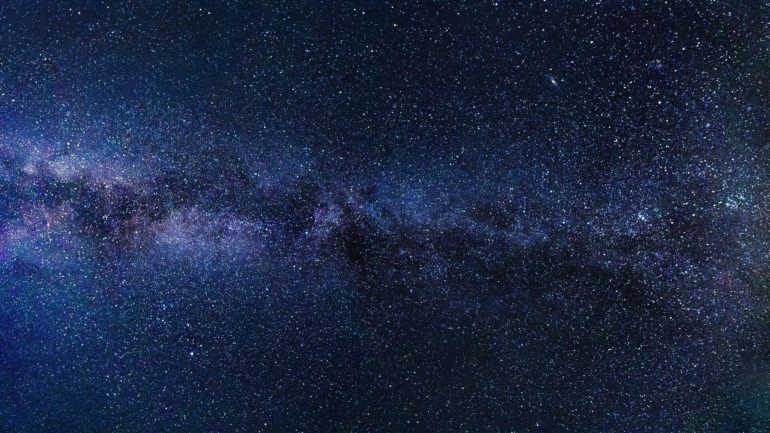Ph.D. student Fang Xiaohui, and Prof. Qian Shengbang from Yunnan Observatories of the Chinese Academy of Sciences and collaborators analyzed the long-term photometric data of the nova-like SW Sextantis (SW Sex), and found that the light variation of this object shows a possible quasi-periodic oscillation with the time-scale of about ten years. Combined with the change of the orbital period, they inferred that there is a very strong wind in the system. The study was published in The Astrophysical Journal.
Cataclysmic variables are interacting binary systems consisting of a white dwarf and a late-type Roche-lobe-filling red dwarf. Mass is transferred from the companion to the white dwarf via the inner Lagrange point and forms an accretion disk surrounding the primary, a bright spot appears when the accretion stream from the secondary collides with the disk.
SW Sex-type nova-like stars have very high mass-transfer rates and particularly stable accretion disk structures, which maintain these systems in persistent bright states. As the prototype, SW Sex has attracted an abundance of photometric and spectroscopic observational studies.
Based on the data from the Digital Access to a Sky Century at Harvard (DASCH) and the American Association of Variable Star Observers (AAVVSO) databases, the researchers found that SW Sex experienced a long-term brightness oscillation with an amplitude of 0.6 mag and a timescale of about ten years. The interaction between the magnetic field of the fast-rotating white dwarf and the inner disk may be responsible for this phenomenon.
Some domestic telescopes were also used to monitor its eclipse profiles. These profiles with phase widths of 0.06 centering on the mid-eclipse were fitted using a Gaussian function.
The researchers found that the orbital period shows a period wiggle from 1980 to 2015, and then decreases severely until 2020 when the observations end.
The wiggle can be affected by a third component. The minimum mass of the third companion is estimated to be 0.014 solar mass with a separation of 10.52 astronomical unit, which indicates that it may be a giant planet. Also, Applegate’s mechanism can also provide enough energy to force such variation and it cannot be excluded to interpret the period variation. More data will distinguish the reason in the future.
The rapid decline of the orbital period in 2015–2020 can be explained as the angular momentum loss caused by a strong disk wind that declares its existence by synchronizing the period decrease with the brightness increase. When the system reaches the highest luminosity, the strong radiation induces a thick disk wind that can prevent the accretions onto the disk and takes away a lot of angular momentum from the system.
Also, the latest rich data of the brightness of the system shows a small amplitude oscillation, and the behavior may also be an evidence for the wind-driven instability in the accretion disk.
This study indicates that SW Sex is a very interesting system and provides valuable information for understanding the disk activity and the evolution of the cataclysmic variables.
CXOGBS J175553.2-281633 is a cataclysmic variable, study finds
More information:
Xiaohui Fang et al. Long-term Period Changes and Brightness Variations for the Deeply Eclipsing Cataclysmic Variable SW Sex, The Astrophysical Journal (2020). DOI: 10.3847/1538-4357/abb1b9
Provided by
Chinese Academy of Sciences
Citation:
Researchers obtain special photometric behaviors of novae-like system and confirm evidence of disk wind (2020, October 12)
retrieved 12 October 2020
from https://phys.org/news/2020-10-special-photometric-behaviors-novae-like-evidence.html
This document is subject to copyright. Apart from any fair dealing for the purpose of private study or research, no
part may be reproduced without the written permission. The content is provided for information purposes only.



